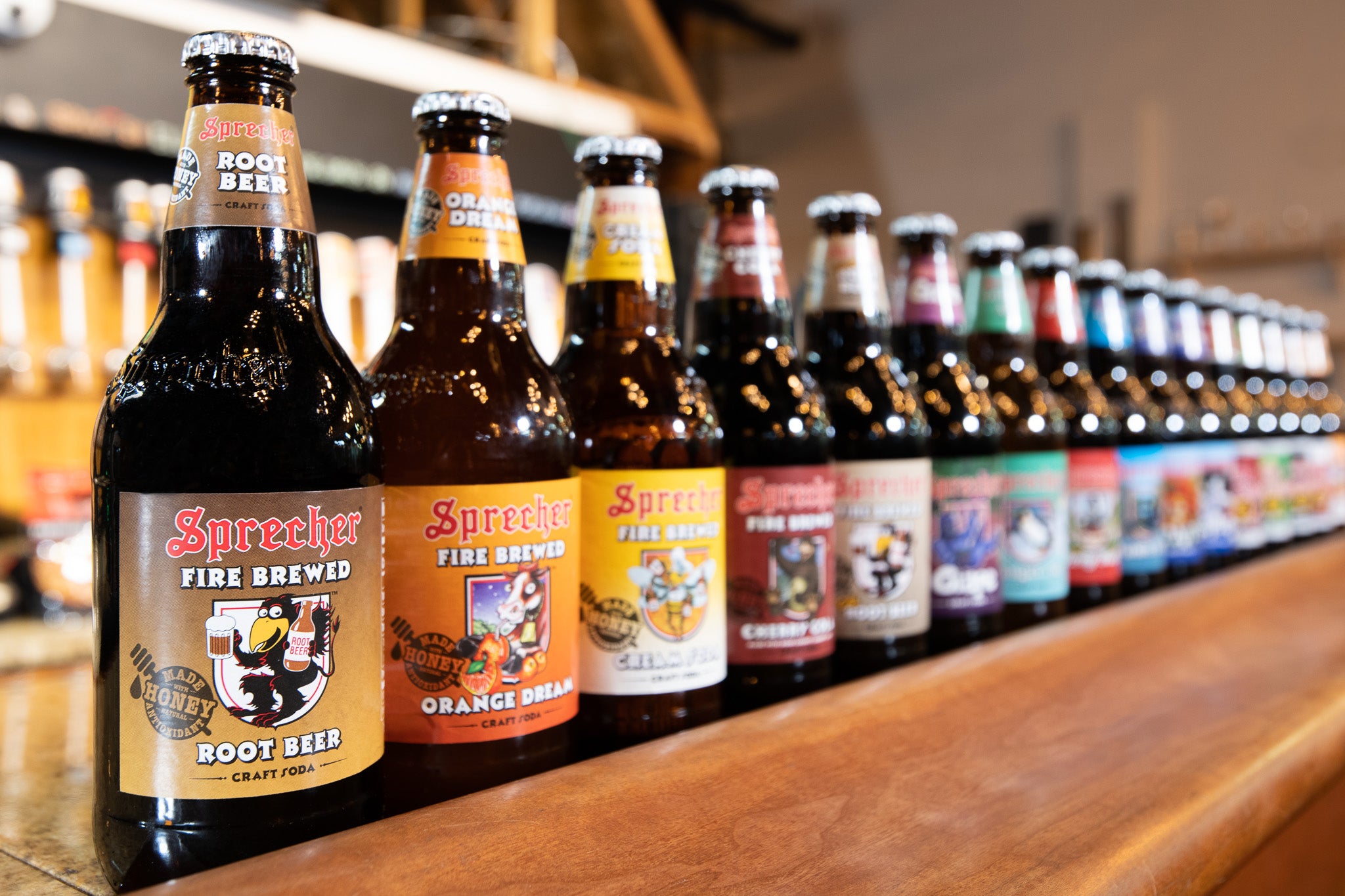Experience the Rich Taste of Galveston Whiskey: Local Specializeds
Experience the Rich Taste of Galveston Whiskey: Local Specializeds
Blog Article
Understanding the Craft of Distillation: a Deep Study Distillery Traditions
Exploring the detailed art of purification reveals a globe soaked in classic practices that have actually shaped the spirits we enjoy today. From the ancient origins of purification techniques to the contemporary evolution of distillery devices, each action in the process carries with it a rich tapestry of history and experience. As we explore the delicate equilibrium of modern versus conventional distilling techniques and uncover the value of key ingredients, a deeper understanding arises of the profound effect distillery customs have on the spirits we relish.
Beginnings of Distillation Methods
The advancement of distillation techniques has a rich history that traces back to old human beings. The idea of dividing elements based on their various boiling points laid the foundation for the sophisticated purification procedures we have today.
The earliest evidence of distillation days back to around 3000 BC in Mesopotamia, where clay pots were utilized to boil down perfumes and fragrant oils. The Egyptians further advanced these methods, using distillation for embalming methods and medical functions. The Greeks, notably numbers like Aristotle and Hippocrates, added to the theoretical understanding of purification.
With time, distillation spread to areas like India, China, and the Middle East, each culture including its special touch to the craft. The advancement of purification techniques proceeded through the Middle Ages and the Renaissance, at some point causing the varied variety of distillation processes employed in modern-day distilleries worldwide.
Development of Distillery Devices

With innovations in innovation and a deeper understanding of the distillation procedure, modern-day distilleries currently utilize a variety of innovative equipment to generate spirits of the finest quality. Today, purification equipment consists of column stills, reflux stills, and hybrid stills, each made to deal with certain distillation needs. These modern-day stills use much better temperature regulation, raised distillation accuracy, and better effectiveness in dividing alcohol from impurities.
Along with stills, distilleries currently utilize advanced condensers, fermenters, and filtering systems to more fine-tune the distillate. The evolution of distillery tools remains to play a crucial role fit the diverse variety of spirits offered in the market today.
Conventional Vs. Modern Distilling Practices
Alternatively, contemporary distilling practices take advantage of sophisticated technology and innovation to enhance production procedures and enhance uniformity. Automated systems, digital controls, and advanced equipment allow contemporary distilleries to create spirits much more successfully and with better precision.
While conventional distilling practices are treasured for their heritage and the unique flavors they generate, modern methods provide advantages in terms of scalability, quality control, and sustainability. By including scientific improvements and modern-day design, distillers can maximize production, minimize waste, and meet the demands these days's market better. Eventually, the option in between standard and modern distilling methods typically depends on the distillery's goals, values, and target audience.
Key Ingredients in Distillation Process
Within the craft of purification, the choice of essential ingredients plays a critical function in identifying the flavor profile and high quality of the spirits generated. The primary active ingredients made use of in the purification process are usually water, yeast, and a fermentable source such as grains, fruits, or sugarcane.
Water is an essential Continued element as it not only weakens the alcohol material to a palatable level yet additionally influences the total mouthfeel and appearance of the spirit. The top quality and mineral material of the water made use of can substantially influence the end product.
Yeast is another crucial ingredient that transforms the sugars existing in the fermentable resource into alcohol via the process of fermentation. Different strains of yeast can generate differing fragrances and flavors, adding to the one-of-a-kind characteristics of the spirit.

Impact of Distillery Traditions on Spirits
The influence of historical distillery practices on spirits extends past the selection of crucial active ingredients, forming the very significance and character of the last distilled items (Distillery in Galveston). These practices, gave with generations, play an important role in specifying the special preference accounts and top qualities that distinguish one spirit from another
Distillery traditions include a vast array of techniques, from the specific strategies used in purification to the option old processes utilized. The usage of conventional copper pot stills in whiskey manufacturing is believed to impart specific tastes and characteristics that are very valued by aficionados. Similarly, the aging of spirits in oak barrels, a technique deeply rooted in distilling customs, adds to the development of intricate aromas and tastes over time.

Final Thought
In final thought, the traditions of purification have a rich history that has actually developed in time. From the beginnings of distillation methods to the modern-day methods, the influence of distillery practices on spirits here is undeniable. By recognizing the vital ingredients in the distillation process and the advancement of distillery tools, one can value the workmanship and virtuosity that goes into creating high-grade spirits. Distillery traditions play an important role fit the spirits market and protecting the heritage of purification methods.
Throughout the background of purification, the devices utilized in distilleries has undertaken significant evolution to enhance performance and top quality of the purification process.With advancements in modern technology and a much deeper understanding of the purification process, contemporary distilleries now use a variety of sophisticated devices to create spirits of the greatest quality. Today, purification equipment consists of column stills, reflux stills, and crossbreed stills, each made to provide to specific distillation needs. From the beginnings of distillation methods to the modern methods, the effect of distillery practices on spirits is indisputable. Distillery traditions play a crucial duty in shaping the spirits market and maintaining the heritage of purification practices.
Report this page